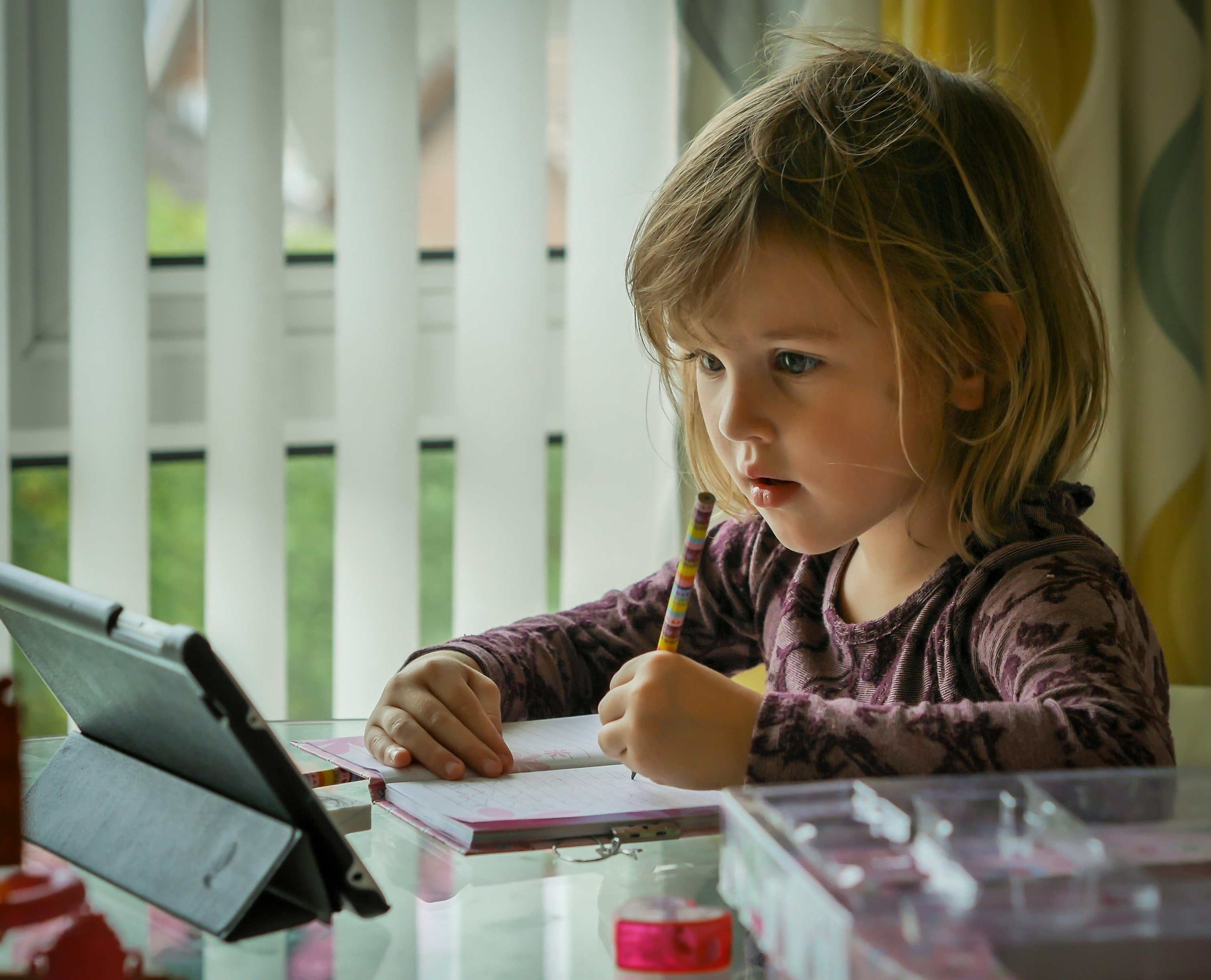What a great mindset! I wish I could teach my students that mindset because then they wouldn’t be afraid of learning!
My husband also has that same kind of mindset. Whenever I want to try something new but I share my fears with him, he always encourages me. He reminds me that I really have nothing to lose if I have the time and money to give it a try. What’s the worst thing that could happen? Nothing except losing a little money and time I put in to try it. Plus, I always learn something from my efforts.
My students really have nothing to lose. Their education is not costing them any money personally and since they have to be in class anyway, they won’t be losing any time that they would be doing something else.
I was always told that “if you don’t succeed, try, try, again.” I’ve tried to remind myself that whenever I feel like giving up.
Whenever my students don’t succeed the first time, but they do after a few tries, I ask them to reflect on what they did differently. What happened that helped them succeed? Sometimes I have them write down their reflections. This may help someone else from making the same mistakes. If possible, I have them teach someone else who doesn’t know how to do that skill. By teaching, it helps retain the information that they learned. The students may be able to explain in a way that is easier to understand than the way I explained it. I watch and listen so that I too can learn how to teach it differently.
Students are always fascinated to see that I am learning something along with them. Once they get past the feeling that I know everything and they will look weak in my eyes for not succeeding the first time, they are more willing to try new strategies. I tell them that they are helping me be a better teacher because I need to see how learning takes place from their eyes. Sometimes I am so used to doing a certain skill that I take some skills for granted and assume that everyone knows all the steps. This is not always true so by watching the students teach a skill, I can see what steps I might have left out unintentionally.
How do you encourage students to see the opportunities in learning? Please share.
Photo by Julien L on Unsplash





























